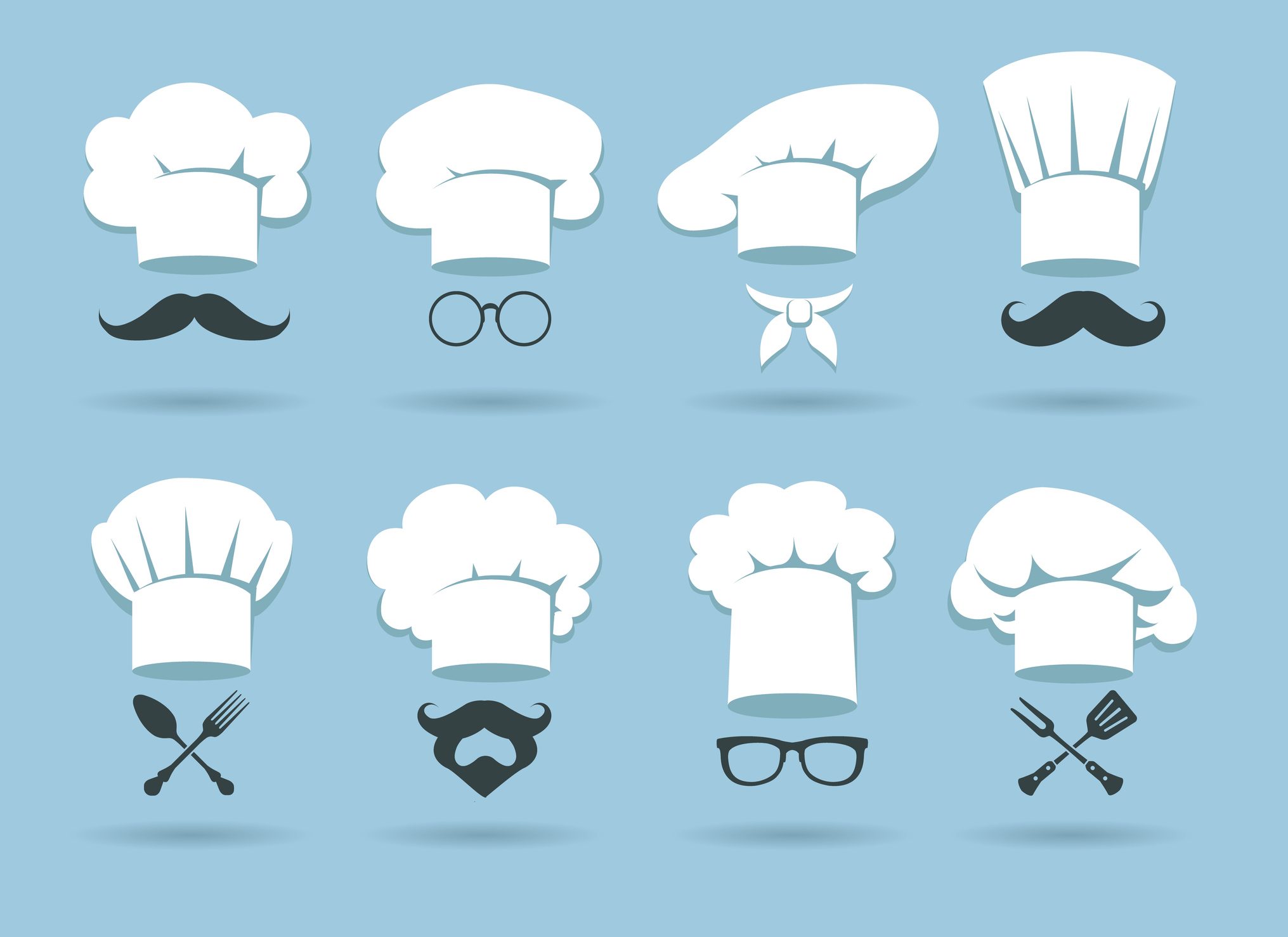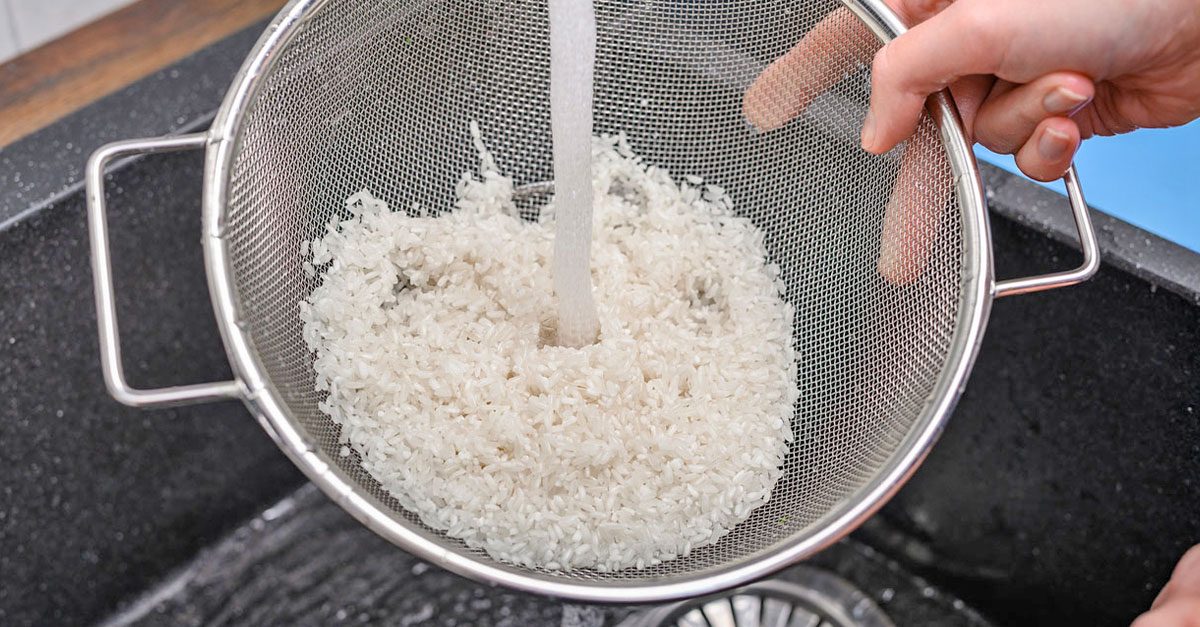Blanching, Frying, Braising…a Quick Guide to Common Cooking Terms
How many times have you read a recipe and wondered what the difference was between braising, blanching, boiling, and frying? And those are just four of the 12 common cooking terms. So even those home cooks who know their simmer from a sauté can sometimes get confused. Here are a few cooking terms most commonly found in cookbooks and what they mean!
;Resize,width=742;)
If you need to brush up on your kitchen knowledge, then cooking terms is the perfect place to start. When you know the difference between sweating and sautéing, your cooking will come out perfectly!
1. Sweating

With this method, vegetables are cooked in a small amount of fat (butter or oil) over a low heat. The idea is that the veggies will cook without browning. It’s often used to cook onions, because it brings out the sweetness of onions without the bitterness that comes with browning.
2. Pan-frying

Usually a method used for steak, chicken or fish fillets, it involves a heavy frying pan and a small amount of fat such as oil or butter. The fat is first heated before the meat is added. The temperature shouldn’t be too high, otherwise the meat cuts will burn before it’s cooked through.
3. Sautéing

Sautéing is done at a higher temperature than pan frying. The foods (usually strips of veggies or meat) are sautéed in a small amount of butter or oil. Use a deep sauté pan, which makes it easier to move the strips of food around.
4. Stir-frying

With this cooking method, you cook meat and vegetables in a very hot wok (a bowl-shaped frying pan). Your meat and veggies should be sliced as equally-sized as possible to ensure uniform cooking. A wok works great for stir-frying IF you have a gas hob, because the sides can heat up easily. If you have a flat top stove, however, you will get better results with a non-stick sauté pan with a wide flat bottom. This will ensure that the heat is evenly distributed!
5. Shallow-frying

Shallow-frying means that meat or vegetables are fried in a shallow amount of preheated oil, usually about 1/5 inches deep. It’s a great way to fry if you want the crispy taste without using too much oil. Foods like sausages, chicken breasts, and fish fillets are suited for shallow-frying.
6. Deep-frying

Most home cooks will be familiar with this method, how else do you make fried chicken or donuts?! Dough or battered foods are immersed completely in hot oil and fried until crispy. The best oils to use for this purpose are ones with a high-smoking point such as canola oil, sunflower oil, or peanut oil, which is the most popular.
7. Blanching

When you blanch vegetables, you immerse them into rapidly boiling water and then plunge them into an ice bath. The boiling water stops any enzyme activity that will cause browning, while the ice bath stops the cooking process. Often times green beans are blanched before they’re sautéed in butter. It retains the bright green color of green beans, so they look better in the final dish.
8. Boiling

Often used to cook eggs or potatoes, but not the best method to cook meat or vegetables. We all know the bland, colorless result that comes with boiled veggies! To boil foods, add it to water that’s heated until 100°C (when bubbles appear on the surface).
9. Simmering

To simmer foods, liquid is heated just below boiling point. When the simmering point is reached, you will see small bubbles starting to appear on the surface. This method works great for tough cuts of meat.
10. Poaching

Poaching involves cooking delicate foods (such as salmon or eggs) in a liquid that’s below boiling point (140°F to 180°F or 60°C to 80°C). Many home cooks are afraid of poaching foods thinking it’s too difficult. But it’s such an elegant way of cooking!
11. Braising and Stewing

These two methods are similar in that both require foods to be cooked for a long time in a pot with a tight-fitting lid. This method is suitable for tougher (and cheap) cuts of meat that require a long time of cooking to break down the fibers. For extra flavor, the meat can be browned beforehand in a small amount of fat. The difference comes in with the amount of water. When braising, the food is only covered halfway with liquid, whereas in stewing, it’s completely covered.
12. Steaming

Health-conscious home cooks will probably know this method by heart. Vegetables are placed in a steamer basket (stainless steel or bamboo) and placed over a pot of boiling water. The heat from the steam cooks the veggies, while still retaining most of the nutrients and color.
Now you are ready to tackle any recipe, whether it calls for steaming, braising, or frying!
;Resize,width=767;)
;Resize,width=712;)


